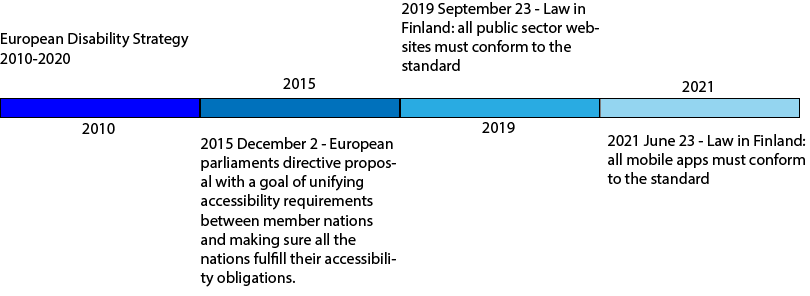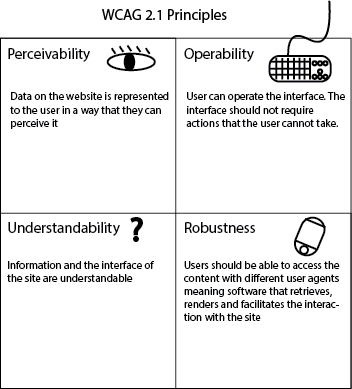Competition in parcel traffic is intensifying – digital services provide a competitive advantage for growth and development. Pioneering travel and parcel services provider Matkahuolto implemented a digital leap from on-premise solutions to the cloud in a controlled manner and in a rapid schedule. The successful transition aims at growth, cost savings and a new boost for service development.
The year 2020 will go down in history not just as the year of the coronavirus but as a year of record growth in e-commerce. At best, e-commerce indexes revealed growth peaks of several tens of percent, and the pace is not expected to slow down. This trend has been reflected positively in the demand for parcel services provided by Matkahuolto.
“Consumers and merchants are now accustomed to online shopping, so its popularity is likely to continue once the exceptional circumstances end. In the volume-driven logistics industry, this means more competition,” says Mika Rajanen, CIO & CDO of Matkahuolto.
Matkahuolto, which started operations in 1933, has a strong position in Finland not just as a provider of passenger services but also in internal logistics, which has enabled co-operation agreements with major international players. The positive boost in e-commerce and parcel traffic will also accelerate Matkahuolto’s product and service development, where new technology plays a significant role.
Competitive advantage from digital user experience
With the digitalisation of parcel traffic, customers can now follow and manage their orders on their mobile devices. Matkahuolto’s goal is to further develop this user experience to be even better and smoother.
“Throughout the industry, goods have long moved solely based on logistics considerations. Consequently, although there has been automation, it has not reflected consumer needs. This is the area we want to pay more attention to,” says Rajanen.
The digitalisation of Matkahuolto’s business, which began in 2019, has advanced at a tremendous pace. A rapid leap has been taken from traditional on-premise solutions and the construction of IT services within the subsidiary Trimico to the cloud world and cloud native development. Global IT service provider CGI was selected as Matkahuolto’s strategic outsourcing partner in Finland.
“CGI has a great deal of cloud expertise and experience in application development. Both of these capabilities were required in our major transformation project,” says Rajanen.
From the data centre to the cloud in about six months
Planning for the transfer of IT services began in May 2020, when 17 employees of Trimico, Matkahuolto’s subsidiary, were also transferred to CGI as existing employees. Between August and October, system services were migrated from the traditional server environment to the AWS cloud. This phase utilised the CGI migration model, based on AWS best practices, which enabled a rapid and uninterrupted transition.
“Matkahuolto’s entire production environment was migrated into the cloud by the end of October, and new services were immediately launched in November. All transfers were completed successfully and within the agreed schedule,” says a pleased Rajanen.
In addition to personnel and system transfers, Matkahuolto has addressed information and cyber security issues, which are covered in the agreement with CGI by the services of CGI’s Cybersecurity Operations Centre (SOC). In addition to traditional infrastructure, end-user and application services, the agreement covers the development of new services.
In the implemented cloud migration, CGI operates Matkahuolto’s cloud environment cost-effectively alongside application development and in accordance with the CloudOps model. The next step is to start reforming the application architecture to be cloud-native.
“Matkahuolto’s digital acceleration brings savings in the form of both investment and the dynamic scalability of cloud services. The comprehensive reform will also create better conditions for the development of new digital services and solutions, improving the customer experience and growing the business,” Rajanen concludes.

 HSL Journey Planner is a service provided by Helsinki Region Transport (HSL) that in essence provides users the quickest route from point A to point B using multimodal routing. On top of getting the user to their destination in time, HSL Journey Planner also provides information about closest stops, routes, possible disruptions and vehicles in real-time.
HSL Journey Planner is a service provided by Helsinki Region Transport (HSL) that in essence provides users the quickest route from point A to point B using multimodal routing. On top of getting the user to their destination in time, HSL Journey Planner also provides information about closest stops, routes, possible disruptions and vehicles in real-time. Last winter HSL.fi and its Journey Planner part was overhauled and a new version was released. The new version of the UI focuses on giving users the most essential information by reducing noise, and providing more contextual information such as the closest stops near the user.
Last winter HSL.fi and its Journey Planner part was overhauled and a new version was released. The new version of the UI focuses on giving users the most essential information by reducing noise, and providing more contextual information such as the closest stops near the user.
 WCAG2.1 standard provides four basic principles, which are base for set of requirements that aim to ensure that as many people can access the information as possible. Fulfilling the WCAG2.1 standard does not automatically mean that the site is accessible by everyone but it is the best unified standard we have available.
WCAG2.1 standard provides four basic principles, which are base for set of requirements that aim to ensure that as many people can access the information as possible. Fulfilling the WCAG2.1 standard does not automatically mean that the site is accessible by everyone but it is the best unified standard we have available.